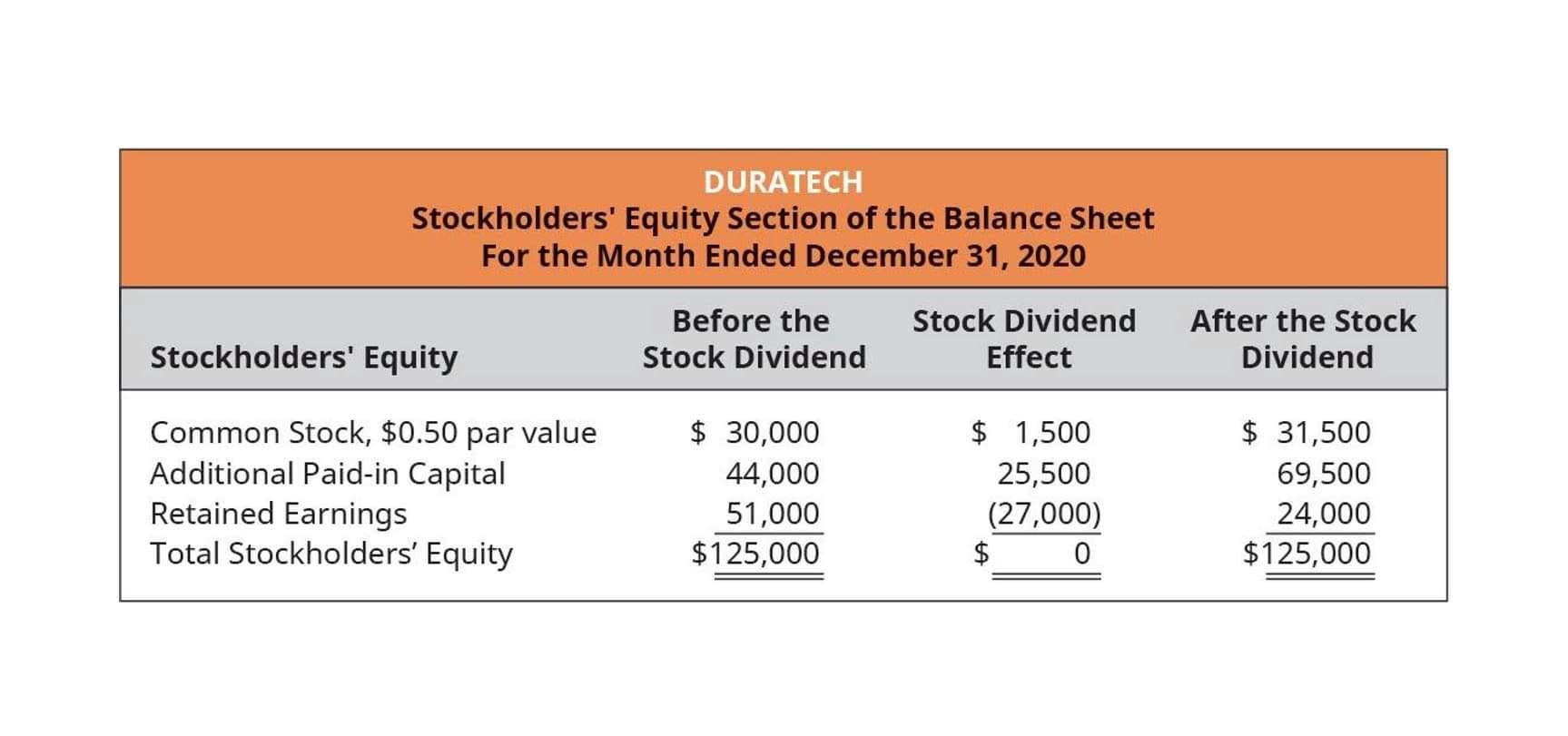
Half is a direct expense to the company and the other half is withheld from the employee’s paycheck. Employers don’t match income tax deductions but they do pay federal unemployment taxes. The IRS’s Income Withholding Assistant will help you determine how much federal income taxes your employees owe. Accrued payroll liabilities are the amount a business owes for payroll expenses, including wages, payroll taxes, benefits, and other debts. Accrued payroll includes liabilities a business owes for payroll but hasn’t paid yet. Payroll expenses represent all the costs an employer incurs to compensate its workers for their labor.
Minimize Errors to Avoid Additional Costs
- Payroll expense has various components, which are discussed later in this article.
- The term “standard costing payroll” refers to the expected cost of an employee to a company, including taxes, benefits, and other costs.
- Those estimates will be used to record an accrual-type adjusting entry on the 31st.
- Payroll accounting also involves withholdings for items other than payroll taxes.
- If you bring on more workers but productivity stays the same, it may be time to reexamine your strategy.
If the worker is an employee, as an employer you’ll incur the payroll expenses discussed above. Independent contractors, on the other hand, are generally responsible for their own taxes. Having said that, bear in mind that some contractors may request a voluntary withholding of PAYG to be remitted on their behalf to the ATO. To get an accurate view of your total payroll expenses, you’ll need to include any payments to independent contractors as part of your payroll calculation.
A Comprehensive Guide to General Payroll Costs: What You Need to Know

Regularly reviewing your overtime expenses can reveal patterns or inefficiencies in workforce management. High overtime costs may indicate understaffing or poor time management, prompting a need for operational adjustments. Contractor payments also tend to be more variable than regular employee salaries. They are often based on project completion or specific milestones, which requires a different approach to payroll management.
Calculate net pay
It translates to your payroll also being capable of scaling and being flexible. All businesses have the common objectives of revenue, profit, and growth. This process will also equip you to make educated decisions regarding growth plans and achieve financial stability in the long run. Proactively planning your payroll expansion will better equip you with an efficient workforce of your choice to sail through the challenges of the growth phase. 1 Standard rates for data and messaging may apply from your wireless provider. We are payroll compliant in all 50 states, and use industry best practices.
- To pay workers, start with gross pay and deduct withholdings to calculate net pay.
- Your portion of the payroll tax is directly related to employing a worker.
- Payroll software like QuickBooks Payroll can help streamline your process and seamlessly track liabilities and expenses.
- One of the most common payroll mistakes that small businesses make is missing payroll tax deadlines, as they’re due quarterly, instead of annually.
- Intuit helps put more money in consumers’ and small businesses’ pockets, saving them time by eliminating work, and ensuring they have confidence in every financial decision they make.
- Legal compliance involves the process wherein a company adheres to the complex laws, policies, and procedures that regulate business practices in a particular jurisdiction.
Flexible Compensation Structures to Meet Employee Needs

Payroll software may offer another benefit here, as some systems provide an employee portal that allows your employees to input their Accounting for Churches tax and benefits information directly into the platform. Only nine of the 50 states do not have a state income tax, so this is the state-mandated payroll deduction that you’ll most often see. Considering the two different types of deductions and the specifics involved with each, payroll deductions will vary from employee to employee and business to business. Employers must handle payroll reporting for employees and contractors differently, as the IRS and state tax agencies view these classifications as having distinct obligations. Payroll taxes include Social Security which takes 6.2% of your income up to $168,600 as of 2024. Payroll taxes also pay for Medicare which takes 1.45% of your income.
- For more specifics on pensions, you are referred to an Intermediate Accounting text or to the Financial Accounting Standards Board’s website.
- For information on the current minimum amount that a salaried employee must earn in order to be considered exempt from being paid overtime, see the U.S.
- Employers are responsible for paying certain taxes based on their employees’ wages.
- The money received by an employee from a company as compensation often comes in the form of wages or salary as well as bonuses, stock options, and commissions.
- The form, along with the tax threshold tables tells employers how much to withhold from an employee’s pay for tax purposes.
- Other tax rates will be determined by Federal, state, or local laws and the information included on your employee’s W-4.
- Employers are obligated to remit or deposit these withheld amounts to the appropriate agencies and designees.
What Is Payroll, With Step-by-Step Calculation of Payroll Taxes
However, employers who have run payroll in the past may need to file Form 941 even if they have no wages paid. To correctly post payroll liabilities, the amounts generated throughout the payroll process must match. The IRS and state agencies have specific deposit schedules for payroll taxes—adhere to these schedules to avoid penalties and interest. Payroll processing is complex, payroll expenses meaning you’re likely to struggle to stay on top of the process. A very important part of managing payroll is tracking and paying payroll liabilities.

In addition, the employees’ holiday and vacation days must be recorded. Many companies choose to outsource the processing of payroll to large payroll processing firms (ADP, Paychex, and others), banks, accounting firms, etc. The state unemployment tax rate is applied to each employee’s wages up to the state unemployment wage base, which could be $7,000 per year in one state and $30,000 in another state.
- It’s advisable to focus on accuracy and double-check your work, or use software to reduce errors and avoid unnecessary additional expenses.
- There is one salaried employee in the warehouse department with a gross salary of $48,000 per year, or $2,000 per pay period.
- The amount of insurance that was incurred/used up/expired during the period of time appearing in the heading of the income statement.
- Some companies continue to provide health insurance coverage to employees after they have retired.
- Other voluntary employee benefits could be company stocks that an employee can buy at a subsidized rate.
State income tax
Another example would be the need to upskill existing employees for your new business requirements. The training and development costs again will increase your payroll expense. If you pay an employee hourly, the pay period indicates the start and end dates for payroll. Currently, employers pay a 6.2% Social Security tax and a 1.45% Medicare tax (7.65% in total).

It can help you understand whether you’re spending too much or too little on payroll compared to similar businesses. This insight is crucial for maintaining competitiveness and profitability. Depending on the nature of your business and your location, you may accounting be required to carry workers’ compensation insurance, which provides benefits to employees who get injured or sick from their job. Additionally, understanding and controlling these costs are essential for strategic planning and decision-making.

